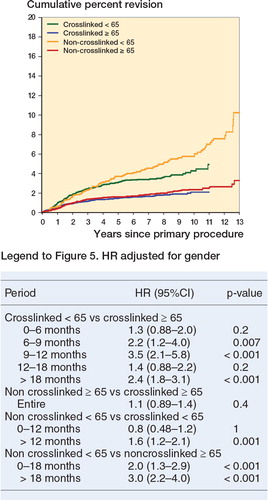Figures & data
Figure 1. Relative proportions of primary total knee replacements according to type of polyethylene bearing surface (all diagnoses).
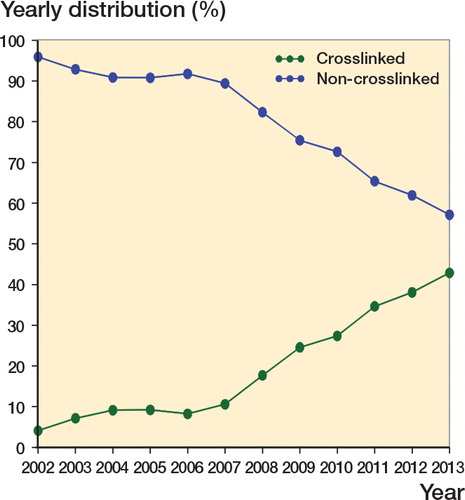
Figure 2. Cumulative percentage revision of primary total knee replacements according to type of polyethylene bearing surface (with OA as primary diagnosis).
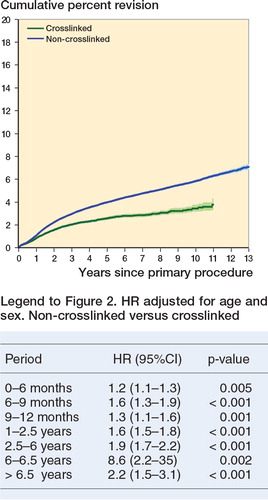
Figure 3. Cumulative percentage revision of primary total knee replacements according to type of polyethylene bearing surface (revision for loosening/lysis, with OA as primary diagnosis). Non crosslinked vs crosslinked (entire period): HR = 1.80 (1.61–2.02), p < 0.001 (HR adjusted for age and sex).
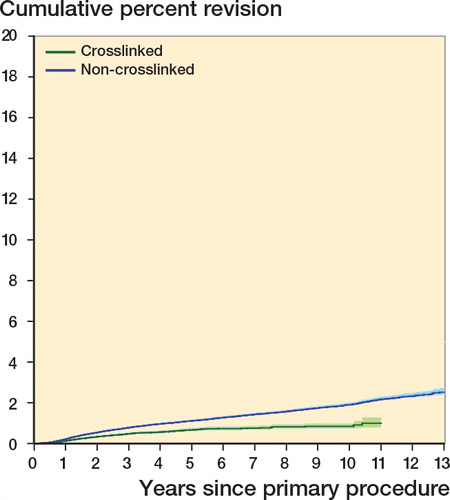
Table 1. Revision diagnosis of primary total knee replacement according to type of polyethylene bearing surface (with OA as primary diagnosis)
Figure 4. Cumulative percentage revision of primary total knee replacements in patients aged < 65 years, according to type of polyethylene bearing surface (with OA as primary diagnosis).
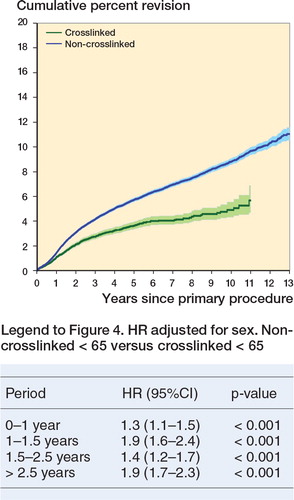
Table 2. Cumulative percentage revision (95% confidence intervals) of primary total knee replacements according to type of polyethylene bearing surface and age, for specific prostheses (with OA as primary diagnosis)

